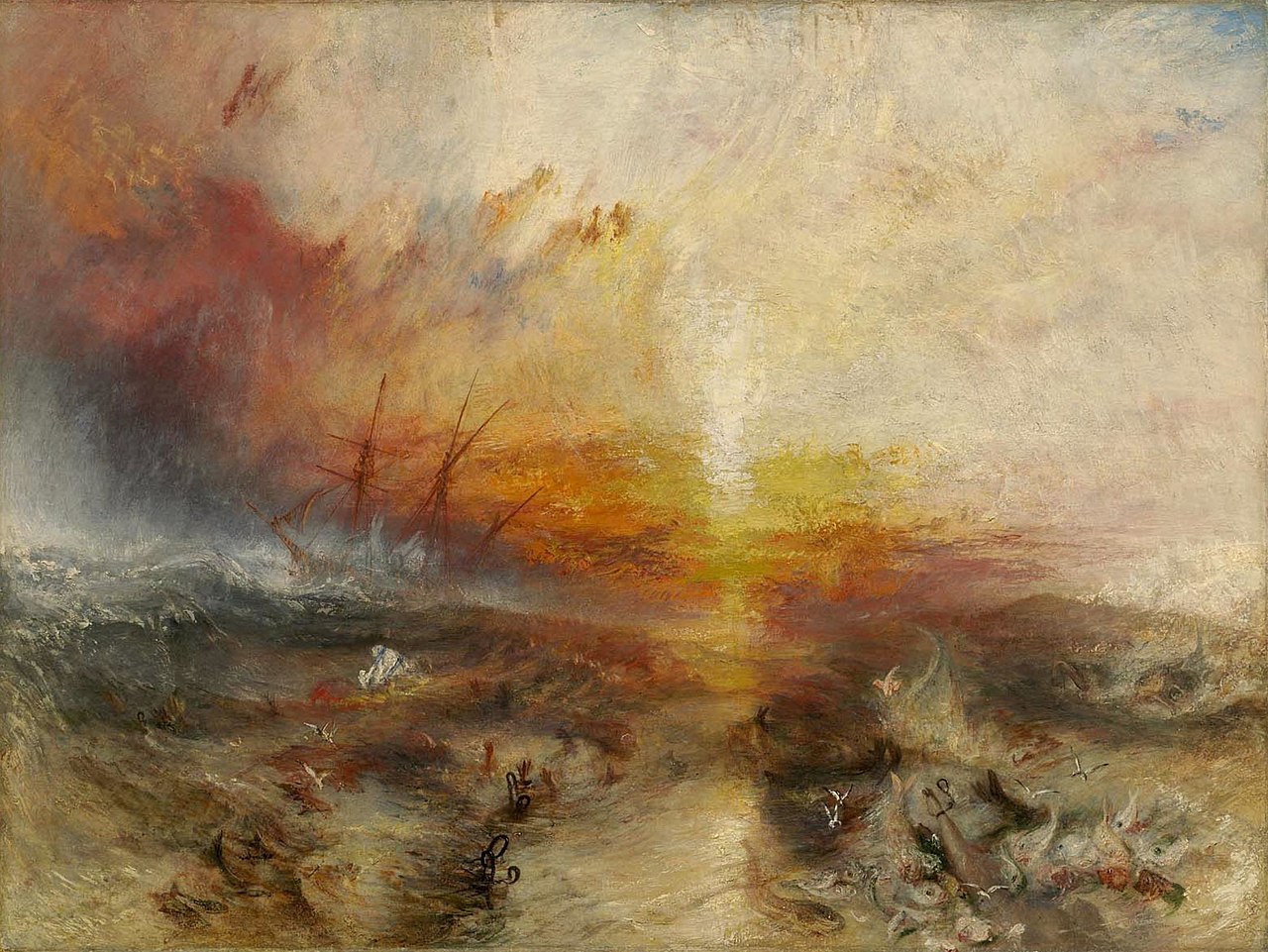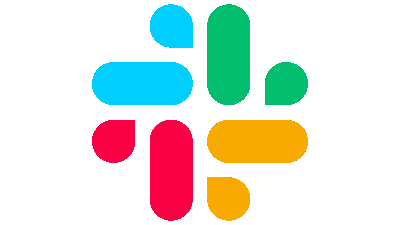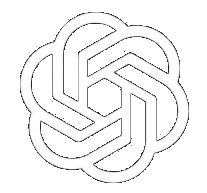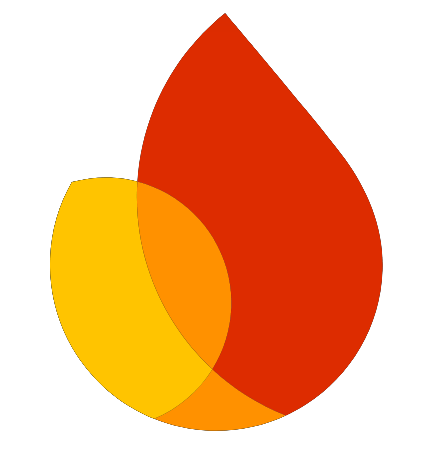-
RQ
How do union workers afford social media during a strike?
-
method
Case study, semi-structured interviews, online ethnography have been used.
-
annbib
An Australian AI chatbot had to be retrained before it could be an effective organizing instrument. Brazilian delivery workers used social media platforms during a national strike in 2020. Chilean food manufacturing workers use of social media is not widespread.
Category: Uncategorized
-
4028
-
Framework
- This situated or embodied cognition is Exemplified through the four E’s: Embodied, Embedded, Extended, and Enacted. It also claimed in 6 ways
- Situated
- Time pressured
- Cognitive work Off-loaded onto the Environment
- Environment is part of the Cognitive System
- Cognition is Action driven
- Off-line cognition is body based
- visual research methods:
- Visual images are produced and consumed in multisensory environments; they stand for the multisensory configurations from which they emerge.
- Visual images are not simply visual; they are experienced through multiple and intertwined sensory channels.
- Vision itself is a culturally constructed category, as are sound, smell, taste, and touch.
- Vision involves more than just looking at images, and visual practices need to be situated as part of multisensory perception.
- The knowledge of touch and feel that it is gained through the senses from repeated experiences of working with a specific material over time. A translation of material and form by means of gestural action and tacit knowledge.
- A dance between theoretical and practical knowledge, in danger of being scientifically reduced to its mechanical aspects, material results, social preconditions, or other contingencies.
- When Covid cut off “hands on,” I immediately felt and, through the CMLTD program, am slowly evolving utterances and scribblings about the trauma I experienced then, I currently describe in this way: the inversion of analog-digital craft migration, abruptly to post-digital (and post-human) systems taking priority.
{10492329:X7DMPV3T};{10492329:XFLKY8KB};{10492329:9KD89FWF};{10492329:3I68IUJG};{10492329:94LVT63F};{10492329:XEELHKND} apa default asc 0 28581 - This situated or embodied cognition is Exemplified through the four E’s: Embodied, Embedded, Extended, and Enacted. It also claimed in 6 ways
-

meetup

I know you in the room won’t learn any slick WordPress tips from me: my LMS design techniques are quite primitive. Trial-and-error tacks, sink-or-swim manifests, dry-docking a few times a year to patch only the most gaping of hull holes – that’s all I got. What you might find interesting is my rather unique WordPress perspective. As an educator, each of the brown bars above rattles the deepest reaches of my brain. I look at the first brown sliver May 2020. Whenever I look at it, I feel pride. A sliver, yes, but I launched my educraft before anyone else I could see from my spyglass. Where I work, we didn’t even have a Zoom account until August. From that slivered launch, I measured my bars, perused the logs.
Thanks to JetPack! Yes, it costs money, Line … I guarantee that JetPack will reduce cortisol levels for any educator: no matter how badly you blow up your website, JetPack will take you back 24 hours with just a few clicks. I did it many times 2020.
So I had Jetpack installed, 5/20, and didn’t think much about it (except the many times I blew up the ubercrawl) until about the end of the year. Exhausted every night, I’d crack a few beers and simply stare at the bars. And, from a day/week/month perspective, I could reflect upon my Protean efforts, congratulating myself for a job well done today, the incredible perserverance I maintained through the week, unbelieving what I did, month, after month, after month. It became a pleasurable ritual retreating to my captain’s cabin, crack one open, stare at the stats, wondering why, what worked, what didn’t.
But simply stating what happened when is not what I think most of you in the room will find valuable. Again, it’s about perspective. Why was I ready to launch the ubercrawl 5/20? Because the ubercrawl arose in Williamsburg, Brooklyn in the late 1990s, referenced by the Betinho Project in 2000, sailed the webquests, the wikis, the blogspots. It aligned itself with the WordPress community, 2011, and for many years served my classes as an adjunct professor at Boricua College.
All of that happened before The Pause.
- Jetpack is a lodestar
- Every learning activity needs Contact7
- LearnPress is your best freeware LMS option
- BuddyPress is best for Crew Communications (thanks Boone!)
- Student Privacy
- bulk import
- Launching your own educraft?
Start by using the Editor (beta) on the Twenty Twenty-Two theme:- Headers & Menus for S.O.P.
- Pages & Posts w/ templates for semanticism




























